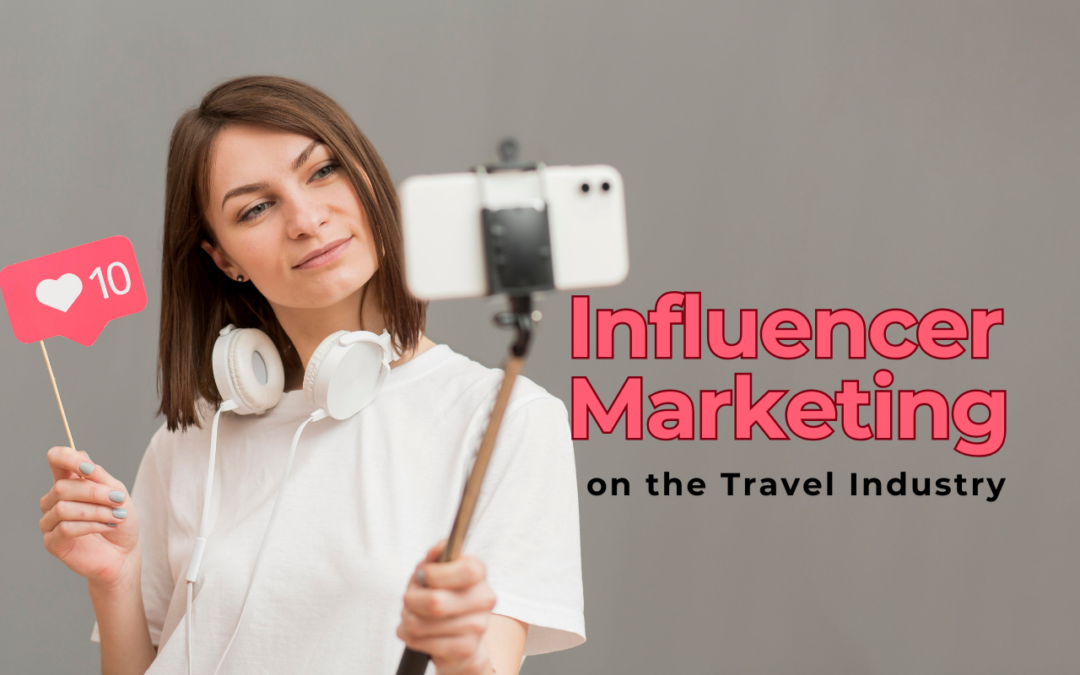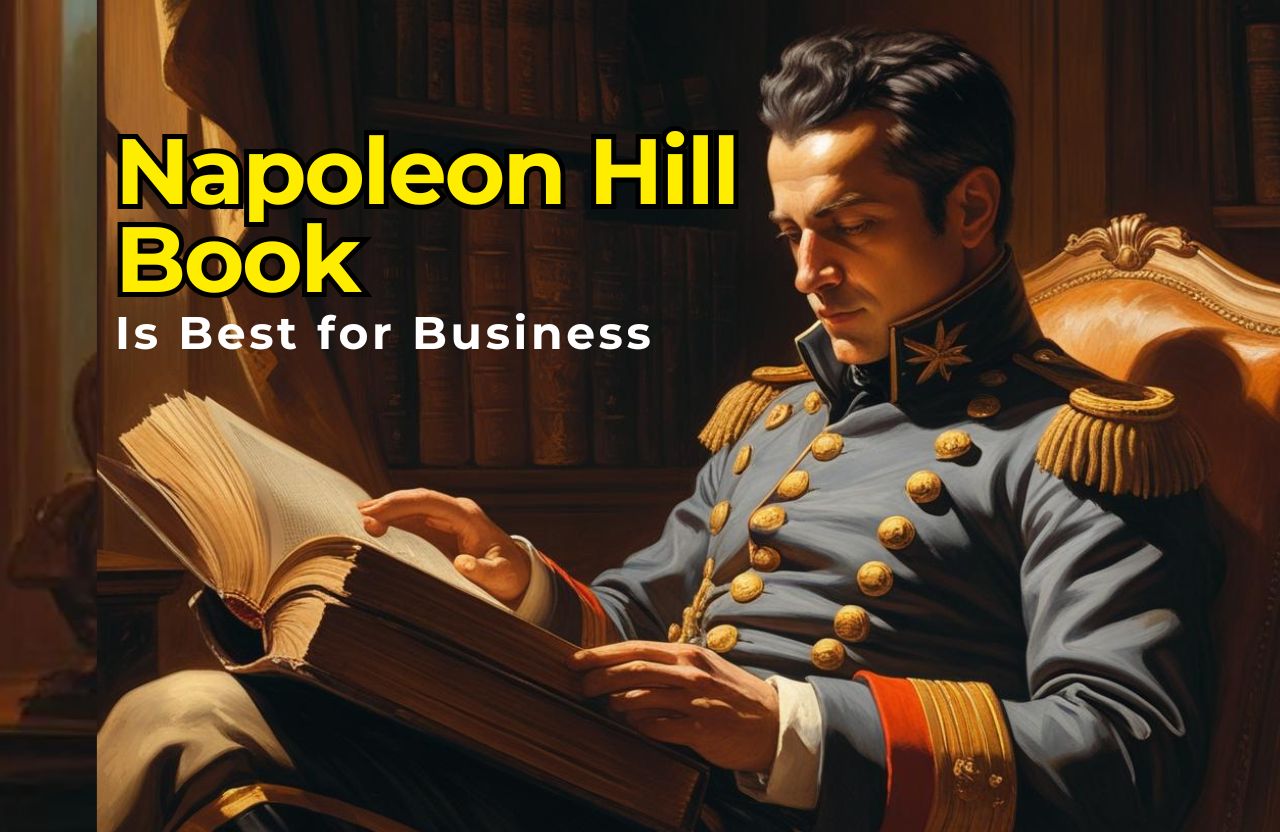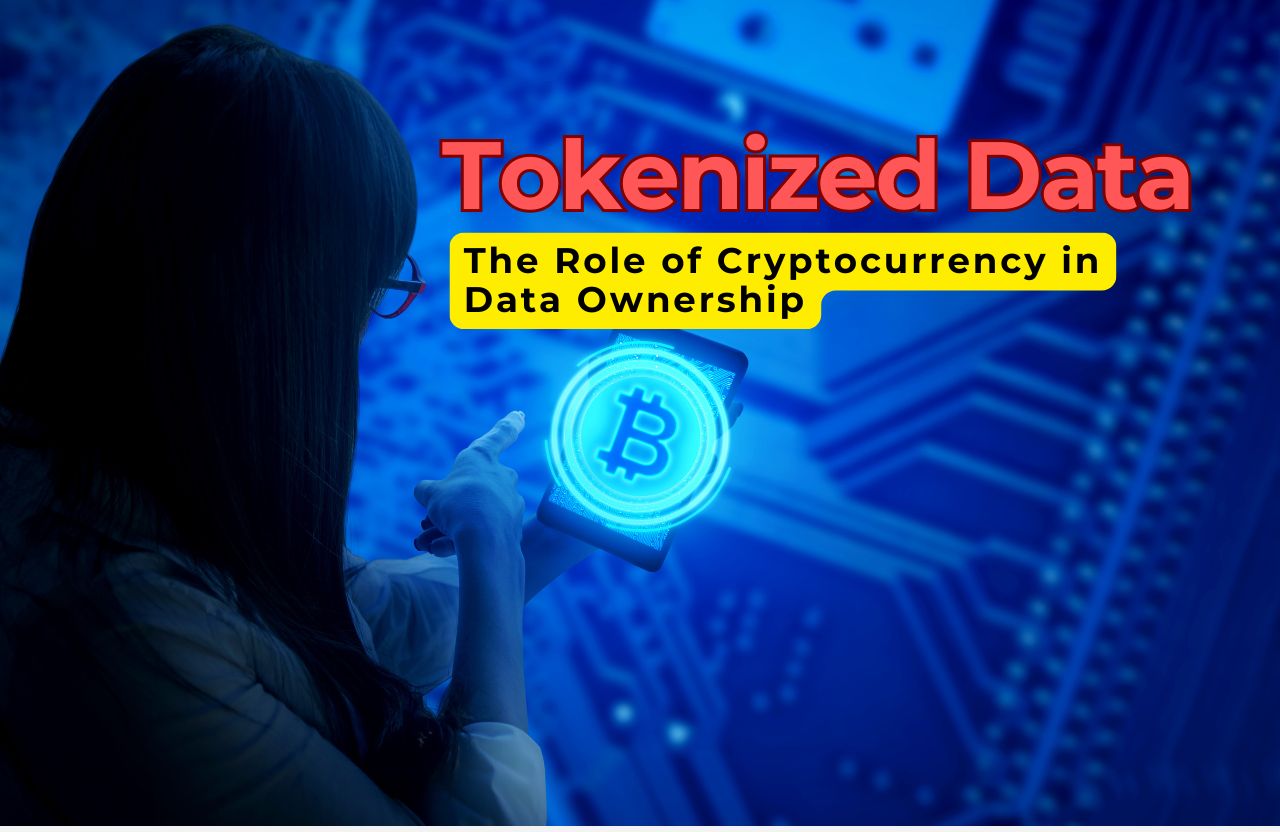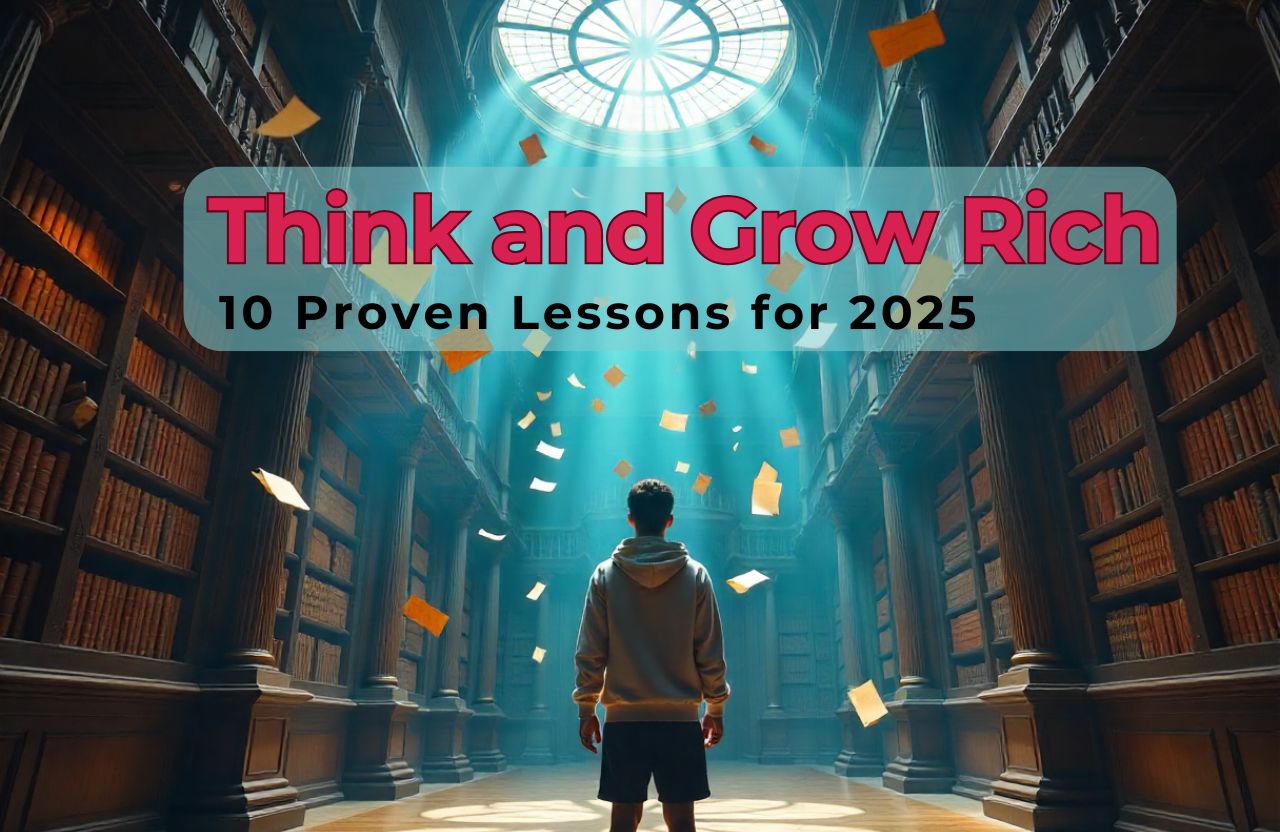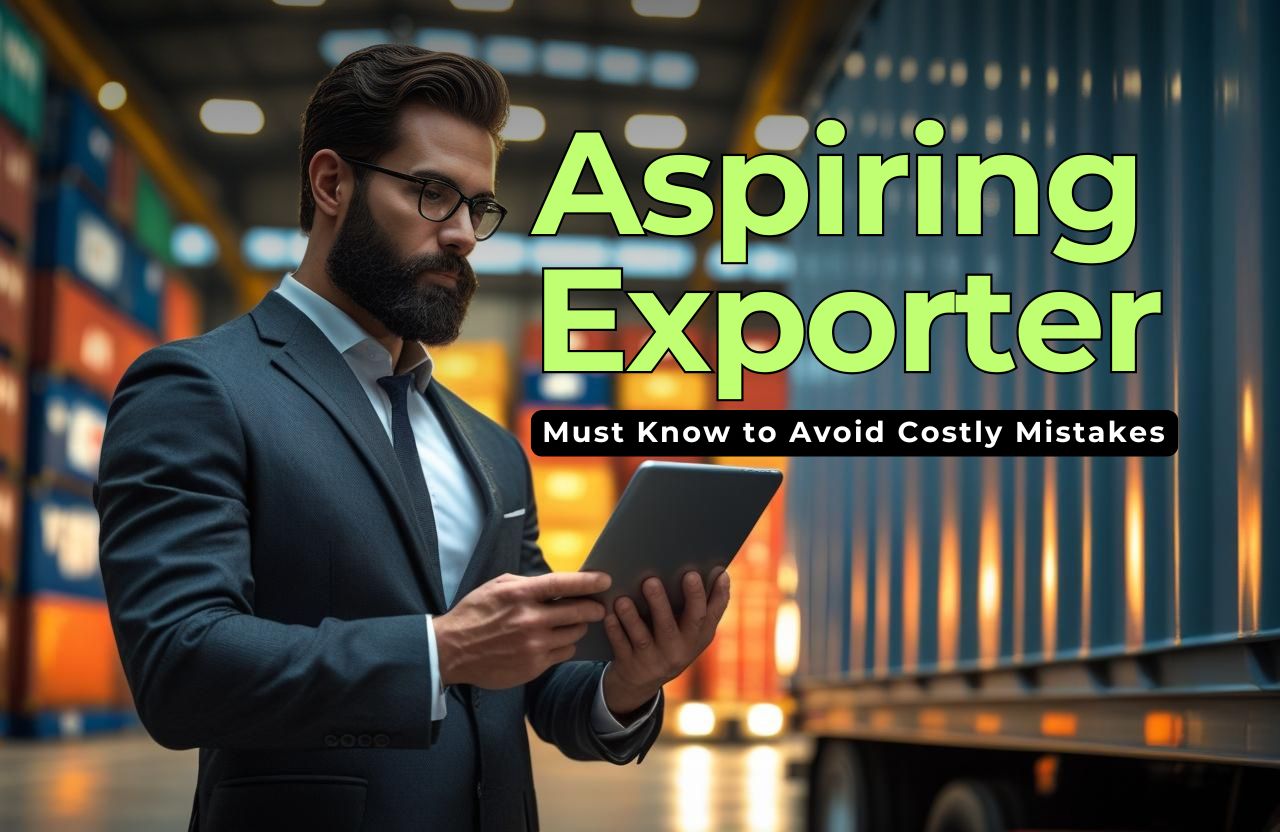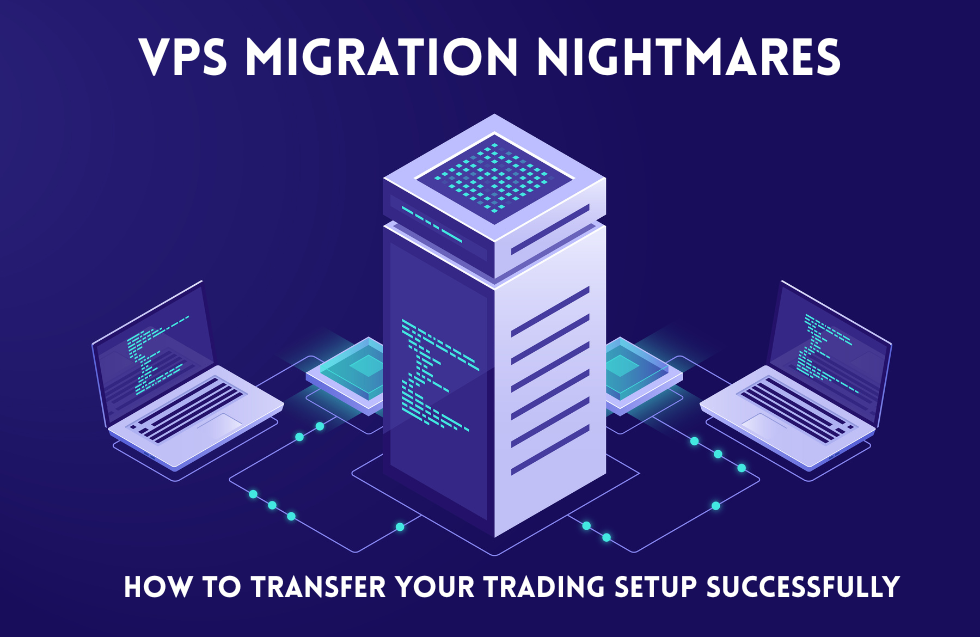In the digital age, the travel industry has undergone a significant transformation, with influencer marketing playing a pivotal role in shaping consumer behavior. Travel influencers—bloggers, vloggers, and social media personalities—have the power to inspire millions of people to explore new destinations, try unique experiences, and book their next vacation.
This blog explores the profound impact of influencer marketing on the travel industry, highlighting its benefits, challenges, case studies, and future trends. Additionally, we will delve into how brands can leverage influencer collaborations effectively and discuss strategies to maximize their impact in an ever-evolving market.
The Rise of Influencer Marketing in Travel
The Shift from Traditional Advertising to Digital Influence
In the past, travel brands relied on traditional advertising methods such as television commercials, print ads, and billboards to attract travelers. While these methods still exist, the rise of social media has changed how people discover and plan their trips. Instead of flipping through travel magazines, modern travelers turn to social media platforms like Instagram, YouTube, TikTok, and Pinterest for travel inspiration.
Unlike traditional advertising, influencer marketing thrives on authenticity and relatability. Consumers trust influencers because they offer real-life experiences rather than polished corporate advertisements. When an influencer shares their journey, followers see it as an authentic recommendation rather than a paid promotion.
Benefits of Influencer Marketing in the Travel Industry
1. Enhanced Destination Visibility
One of the biggest advantages of influencer marketing is its ability to promote lesser-known travel destinations. While major cities like Paris, New York, and Tokyo are always popular, influencers often spotlight off-the-beaten-path locations that receive little mainstream attention. By showcasing hidden gems, influencers help diversify the travel industry and encourage tourism in underrated locations.
For example, an Instagram influencer posting breathtaking images of a secluded beach in Thailand can attract thousands of travelers who would have otherwise overlooked the location. This type of exposure helps smaller tourism boards and local businesses thrive.
2. Authentic Reviews and Recommendations
Traditional advertisements often feel scripted and sales-driven, making consumers skeptical. Influencers, however, create content that feels personal and genuine. Whether they are reviewing a boutique hotel, a family-run restaurant, or a guided adventure tour, their followers trust their opinions.
According to a study by Nielsen, 92% of consumers trust word-of-mouth recommendations over traditional advertising. When an influencer shares an honest review, their followers are more likely to take action, whether that means booking a flight, staying at a recommended hotel, or trying a new travel experience.
3. Increased Engagement and Brand Awareness
Unlike static advertisements, influencer content is highly interactive. When an influencer posts a travel vlog, followers engage with comments, shares, and likes, helping to amplify brand awareness. Brands that partner with influencers can tap into their established audiences and generate buzz around their offerings.
For instance, an influencer documenting their experience at a luxury resort can generate thousands of impressions and engagements, giving the resort far more exposure than a traditional ad campaign.
4. Targeted Audience Reach
One of the most valuable aspects of influencer marketing is its ability to target specific audiences. Instead of broadcasting a general message to the masses, brands can collaborate with influencers whose followers align with their ideal demographic.
For example:
- A luxury travel brand may partner with influencers specializing in high-end experiences.
- A backpacking brand may collaborate with adventure travel influencers.
- A family-friendly resort may work with parenting influencers.
By carefully selecting influencers, travel brands can reach their target audience more effectively than through traditional marketing channels.
5. Higher Conversion Rates
Studies suggest that consumers are more likely to book travel experiences recommended by influencers they trust. This leads to higher conversion rates compared to traditional advertising. When an influencer shares their genuine excitement about a destination or experience, their audience is more inclined to take action and book a similar trip.
Challenges of Influencer Marketing in Travel
1. Authenticity Concerns
While influencer marketing thrives on authenticity, some influencers prioritize brand partnerships over genuine experiences. When followers suspect that a post is overly promotional, it can diminish trust.
To combat this, brands must collaborate with influencers who align with their values and encourage transparency by disclosing paid partnerships.
2. High Costs of Collaboration
Top-tier influencers with millions of followers charge hefty fees for promotions, making it difficult for smaller travel businesses to afford partnerships. However, micro-influencers (10K–100K followers) often provide higher engagement rates at a fraction of the cost.
3. Measuring ROI (Return on Investment)
Unlike traditional marketing, influencer marketing’s impact is harder to quantify. Brands must track metrics such as engagement rates, website traffic, and conversion rates to measure effectiveness. Utilizing tracking links, discount codes, and social media analytics tools can help brands assess their ROI.
4. Saturation and Competition
With thousands of travel influencers online, standing out is becoming increasingly difficult. Travel brands must carefully select influencers who can offer unique and compelling content that differentiates their offerings.
Case Studies: Influencer Marketing Success Stories
1. Marriott’s #TravelBrilliantly Campaign
Marriott Hotels partnered with top travel influencers to promote their global properties. By using the hashtag #TravelBrilliantly, they encouraged user-generated content, resulting in increased brand awareness and bookings.
2. Airbnb’s Destination Storytelling
Airbnb collaborates with influencers to showcase unique accommodations around the world. By highlighting real experiences, they attract more travelers looking for alternative lodging options beyond traditional hotels.
3. Dubai Tourism’s Influencer-Led Campaigns
Dubai’s tourism board frequently works with influencers to promote the city’s attractions. Their campaigns often include luxury influencers, adventure seekers, and lifestyle bloggers, ensuring broad appeal.
Future Trends in Travel Influencer Marketing
1. Rise of Micro-Influencers
Brands are increasingly turning to micro-influencers, who offer niche audiences and higher engagement rates.
2. Video-Driven Content
Short-form videos on TikTok, Instagram Reels, and YouTube Shorts are becoming the dominant form of travel storytelling.
3. Sustainable and Responsible Travel
Eco-conscious influencers are leading the way in promoting sustainable tourism and responsible travel choices.
4. Augmented Reality (AR) and Virtual Reality (VR) Experiences
Travel brands are integrating AR and VR into influencer campaigns, allowing audiences to virtually explore destinations before booking.
Conclusion
Influencer marketing has revolutionized the travel industry, bridging the gap between brands and consumers through engaging, authentic, and visually appealing content. While challenges exist, adapting to trends such as micro-influencing, video marketing, and sustainability can ensure continued success.
For travel brands looking to stay ahead, leveraging influencer marketing is no longer optional—it’s essential. By partnering with the right influencers and adopting innovative strategies, the travel industry can continue to thrive in the digital era.
